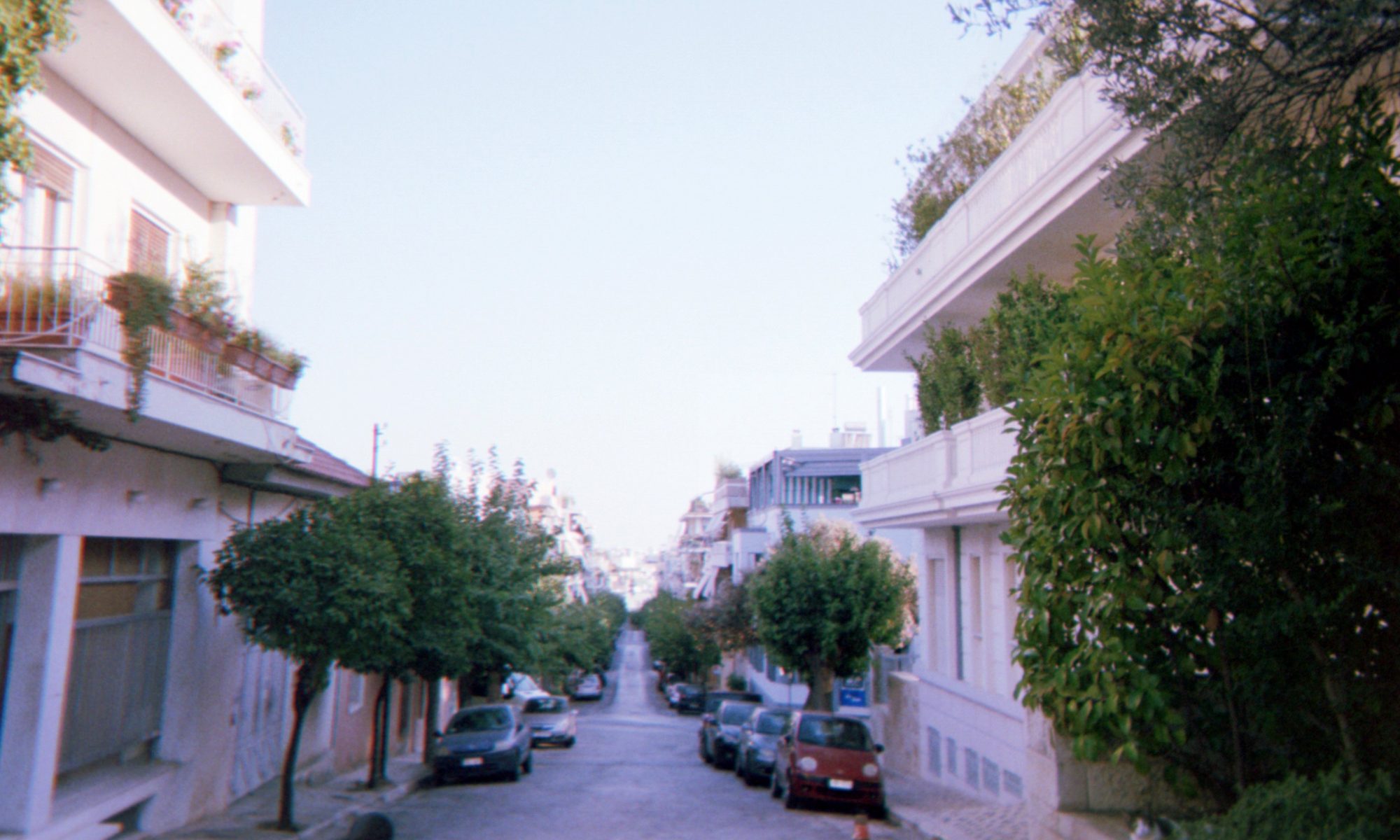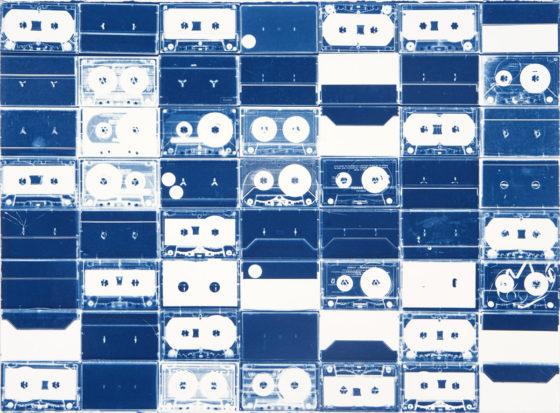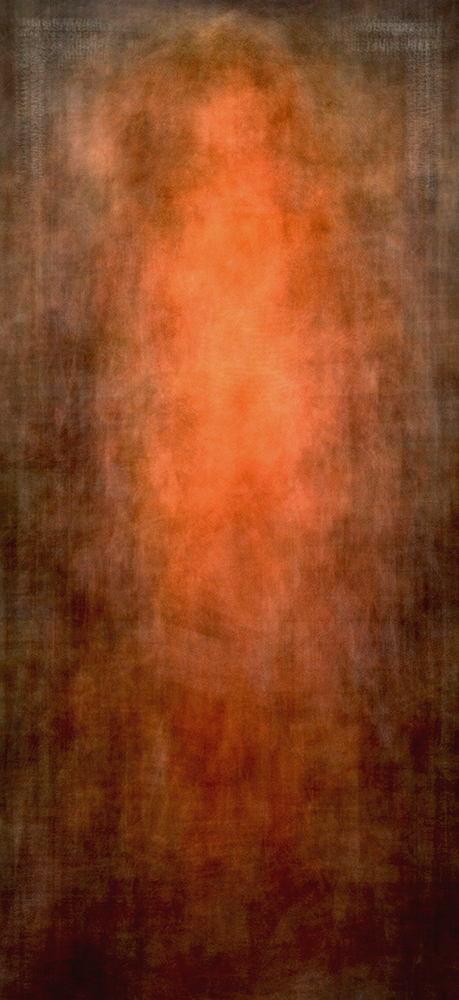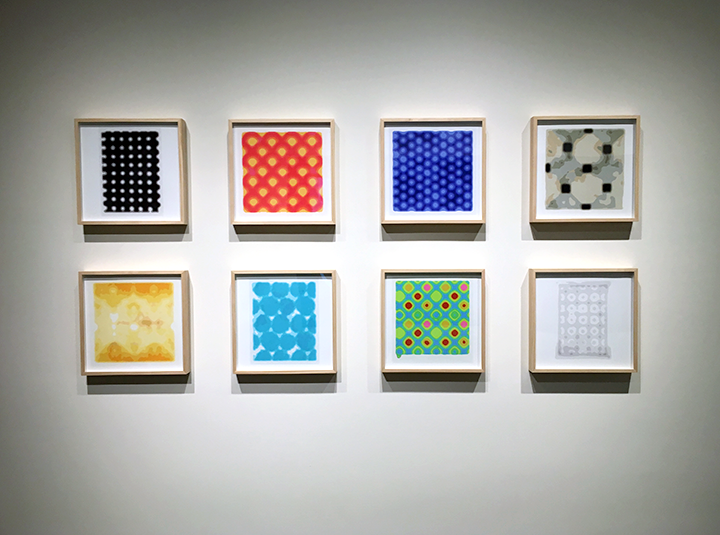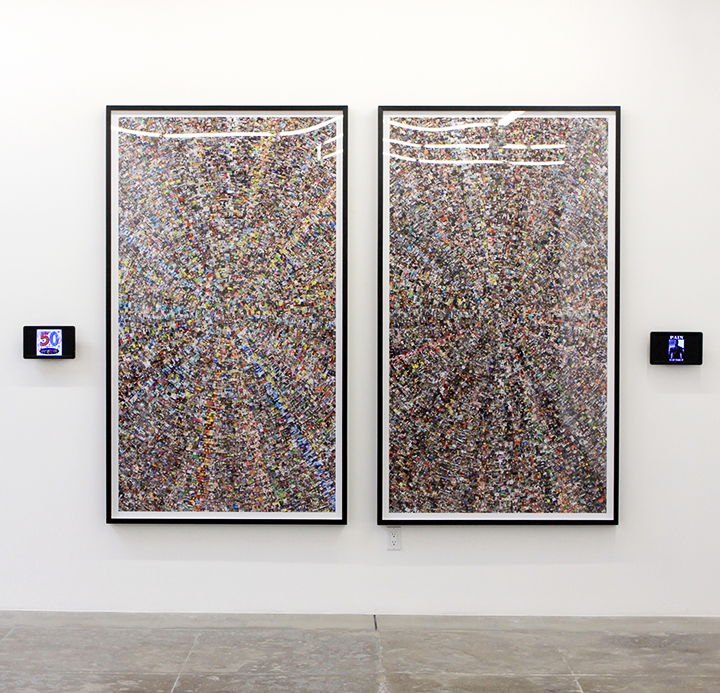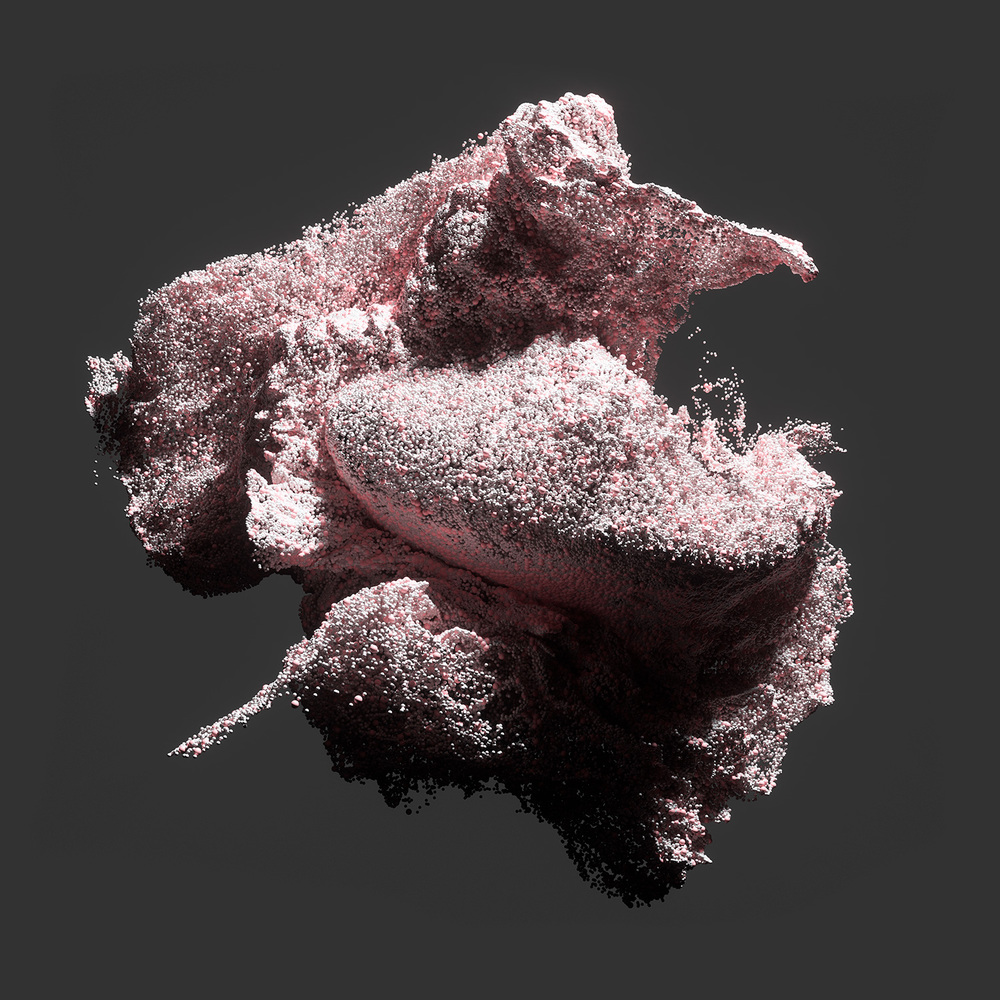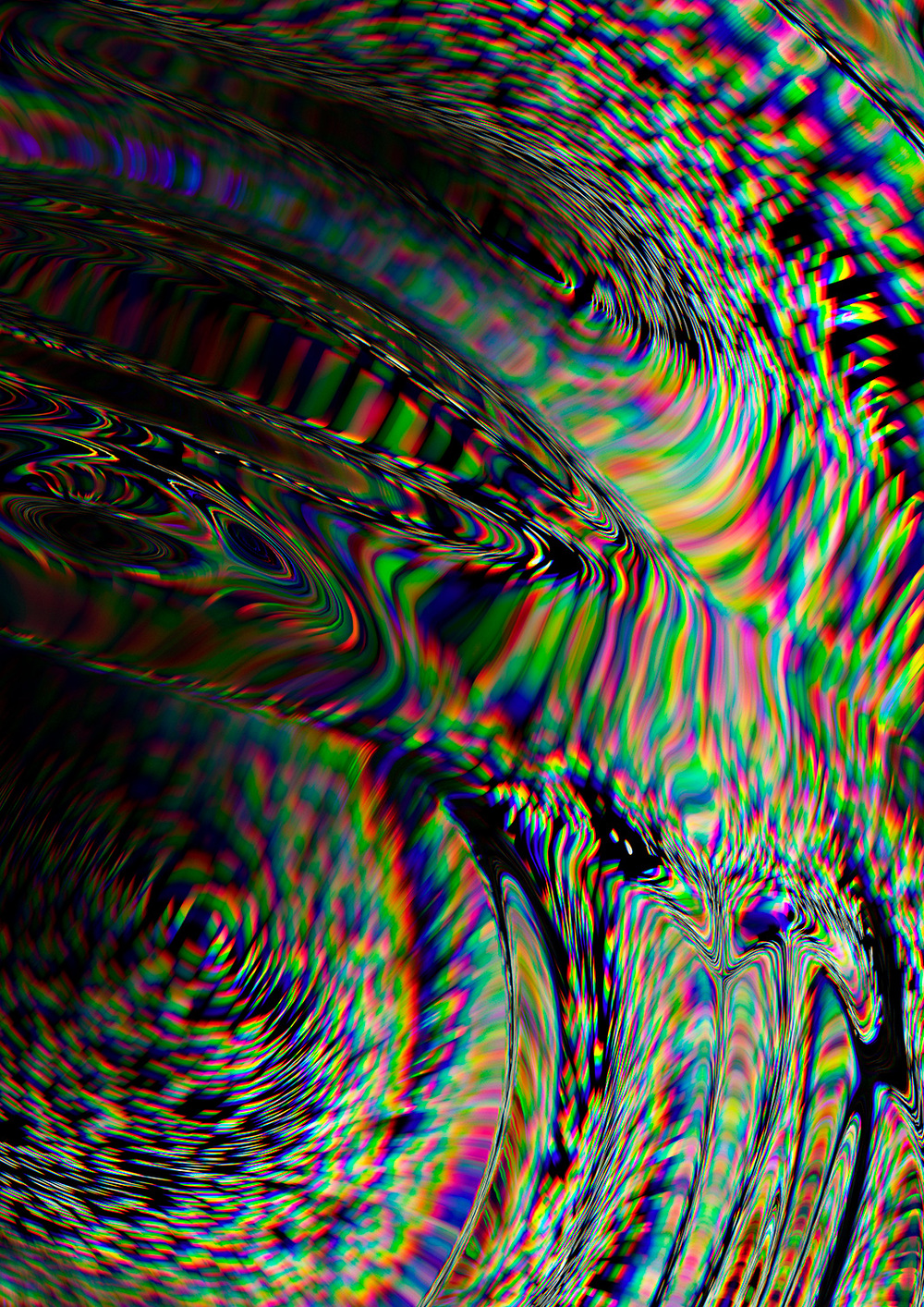Chris milk is from New York but went to school at the Music and Film at the University of California, Santa Barbara. He’s considered an American entrepreneur, innovator, director, photographer, and immersive artist.
He has had a very eclectic career that began with working commissions for music videos and commercials for names such as Kanye West, Johnny Cash, Nike, and Nintendo.
He works in such a vast variety of mediums, most recently Virtual Reality, and I think he is really working to push the boundaries of his own art.
This TED talk is extremely interesting because he talks about art as a whole and music as an art form, which personally I get completely. He then talks about how this translates to his art and shows some of his first music videos which I think is great because it aids in seeing his progression to now as an artist especially since he continues to work on music videos.
I can’t really attach a link other than the website, but one of my favorite things that he has done is http://www.thewildernessdowntown.com/. It is an interactive, personalized “music video” experience for the song We Used To Wait by Arcade Fire (great band). It takes the users personal information that they willingly give, like the address they grew up in and then transforms it into this trip using google map technology. It’s fantastic and so clever. The interactive aspects of it transform the properties of a music video so interestingly.
One of the music videos that he did was for Gnarls Barkley. It’s very surreal and focused on the video itself rather than the music in a lot of ways which is interesting since it is for the song. It has this feeling to it that the song itself is the background noise which is not how traditionally it is done especially in the realm of popular and current music that Gnarls Barkley fell into at the time. It’s super creepy and uses effects in a weird way that is reminiscent of his other work.
